 The new tree nursery in Ankaizinina
The new tree nursery in Ankaizinina
The United States Forest Service is working in many parts of the world through its International Programs. They have had partners in Africa and Middle East for over 20 years and they have collaborated also with Malagasy institutions.
Early in 2021, during the Covid-19 pandemic, the USFS arranged a webinar for certain Malagasy organisations to discuss activities concerning forest restoration, management of wildfires, restoration of mangrove ecosystems and the trade of precious wood. Since then, the USFS has settled down in Madagascar and is collaborating with many institutions and organisations, including Association Mitsinjo.
On the basis of the webinar, the USFS decided to launch forest activities with Madagascar National Park Menabe and Association Mitsinjo, both having a long experience in phenological restoration. The first stage of collaboration with Mitsinjo began in October 2021 with seedling production. For this purpose, a new tree nursery was first created in Ankaizinina, in the Forest Station of Analamazaotra, Andasibe. In addition to usual plant beds, a greenhouse was built as part of the techniques introduced by the USFS. Its purpose is to create a favourable atmosphere for the germination of seeds during the winter season. The greenhouse also prevents the rain from reaching the seedlings. One of the main parameters to control in this technique is the quantity of water received by the plants.
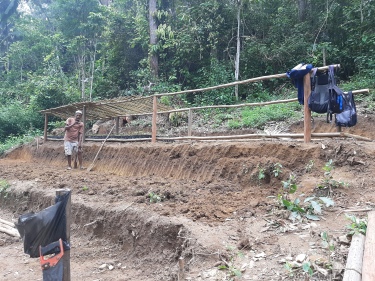 Plant beds for the wild seedlings were made in early 2022
Plant beds for the wild seedlings were made in early 2022
The construction of the greenhouse was well underway in May 2022

The greenhouse has been the centre for experimenting new practices in the nursery with one native tree species, Harungana madagascariensis. For growing seedlings, containers have been used instead of plastic bags/polybags. They are reusable, easier to fill and require less manual work. The cost of restoration will be considerably reduced in the long term. They are also favourable for the development of roots. Containers are cone-shaped tubes that have vertical lines on their sides to guide the downward growth of roots. There are several types of tubes of different volume, of which the USFS and Mitsinjo have chosen two, D27 and D40.
Before sowing, the seeds of H. madagascariensis collected from the forest have been manipulated to accelerate their germination. This has brought good results, for the germination time has shortened from four months to 20 days. Part of the seeds have been sown directly into containers, in which they grow until transplantation. The other seeds have first germinated in a sprouter before replanting. With both planting techniques, Mitsinjo’s team has used two different fertilisers. Some plants have been given Osmocote, the others have got Guanomad. Both contain nitrogen, phosphorus and potassium – nutrients that are important for the development of seedlings. Osmocote gradually releases its nutrients over six months, whereas Guanomad releases the nutrients at the same time and is quickly absorbed by plants. Some of the seedlings fertilised with Osmocote will be used in an experiment in the restoration site. They will be planted in holes that have VAM at the bottom. The other seedlings will be used for this year’s restoration activity.
 Seedlings of H. madagascariensis growing in D27 containers.
Seedlings of H. madagascariensis growing in D27 containers.
Plants in this block have been fertilised with Osmocote
Mitsinjo has always been doing regular monitoring both in the nurseries and in the restoration sites following the health of seedlings, but collaboration with the USFS has brought new, additional practices. The quality of tap water given to the plants and the availability of nutrients is verified by doing tests with a pH metre and an EC metre. After watering, the containers are weighed using block weight method to check the quantity of water given to the seedlings. The aim of all these practices is to improve the resilience of the plants in the face of climate change and to promote success in forest restoration. Hajanirina RAZAFIMANDIMBY, USFS regional focal point for Alaotra-Mangoro is supporting the team in its work.
 Haja is giving a training in the new practices
Haja is giving a training in the new practices

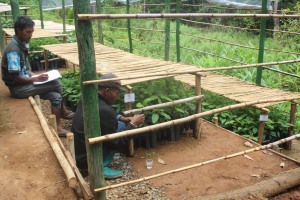
Work in the greenhouse

Outside the greenhouse, Mitsinjo is producing plants with their habitual methods. Wild seedlings of different native tree species collected from the forest have been replanted in polybags with VAM as fertiliser. Like the containers in the greenhouse, the polybags have been placed in plant beds. The bamboo canes above them are used to regulate the degree of sunlight reaching the plants. During dry periods, seedlings are watered when necessary.
 Replanting wild seedlings
Replanting wild seedlings
In last January, the six organisations of the 2021 webinar were reunited in a workshop in Andasibe to exchange their experiences. During the first two days, the USFS, the Silo National des Graines Forestières (SNGF), the University of Antananarivo, the Ministry of Environment and Sustainable Development, Madagascar Voakajy, Madagascar National Park Menabe and Mitsinjo gave each a presentation of their activities. The second day started with a visit to Mitsinjo’s nursery to see the results brought about by the new techniques of seedling production. This visit offered the participants an opportunity to pose questions to Mitsinjo’s team and to the USFS personnel. Besides Hajanirina Razafimandimby, members of the USFS Madagascar team and Karma Bouazza, a restoration specialist from USFS Lebanon were present. In the afternoon, Karma gave a training on the target plant concept. It defines what should be taken into account when planning a project – beginning from the project objectives to the planting tool (container/polybag) used in the nursery, – because they impact the results of restoration.
 In January, the greenhouse was full of well-growing seedlings
In January, the greenhouse was full of well-growing seedlings
Youssouf and Divana show how the quantity of water is checked
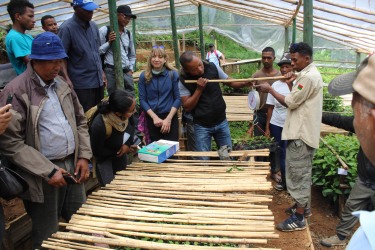
The last two days were reserved for a training given to the teams of MNP Menabe and Mitsinjo. On the third day of the workshop, they first went to see the restoration site on the southwestern border of the Analamazaotra Forest Station, where Mitsinjo would plant seedlings this year. Members of Mitsinjo and people from a nearby community were already clearing the area to make space for planting. There was first discussion about the prevailing conditions and Mitsinjo’s usual methods. Then, Karma gave a demonstration of monitoring during planting. She selected two of the seedlings Mitsinjo’s team had brought to the site. The container cones were different in size. Karma explained that the bigger cone was good for fast-growing and medium growth species and for seedlings with long roots to be planted into deep soil, while the smaller cone was suitable for seedlings planted in places where the soil was shallow. Karma planted the seedling with long roots in the upper part of the slope telling to the spectators what she was doing. She checked the proper planting depth, the extension of roots downwards and tamped the soil after planting to make sure that no air pockets were left. Lastly, Karma tugged the seedling gently to verify that it could not be uprooted. She also pointed out that vegetation should be cleared away from around the seedling, if not necessary to leave for giving shade and protection to the young plant. The other seedling was planted on the top of the mountain where the soil was shallower.




Back at the office, the program continued with an exercise in nursery practice comparison monitoring. Karma gave examples how Mitsinjo could form samples by making different combinations of planting methods, fertilisers and planting tools for comparing their impact on the results. Later, Karma repeated the checking list concerning monitoring during plantation. She also presented in further detail the recommendations for nursery practice comparison monitoring. A representative sample of each nursery practice should be tracked for success in outplanting survival and growth. This can be done by planting seedlings in blocks consisting of several rows, each representing one nursery practice. Information of every seedling (row number, tree number, nursery practice, height and diameter of root collar) is entered into a sample data collecting sheet, first during the initial planting on the site and then during subsequent monitoring, at which time survival of the seedling is checked. Remarks on mortality, damage or other things can also be made. Each tree and planted block is recorded on the ground and map to enable monitoring visits even many years later.
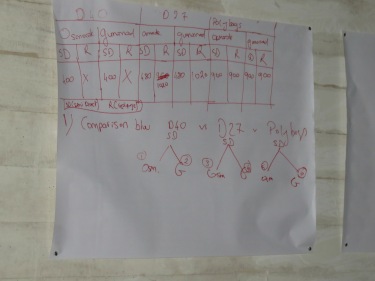 Example of forming samples
Example of forming samples
The workshop ended in a planning exercise. The teams of Mitsinjo and MNP Menabe were asked to define their objectives for tree nurseries, restoration and communities during this year and the following two years. In 2023-2025, Mitsinjo plans to produce 70,000 seedlings in containers. 10,000 of them will be used every year for restoring 10 hectares, 1,000 seedlings per one hectare. Osmocote will be used as fertiliser along with VAM. The conditions prevailing in the restoration sites will be identified as well for defining the species and categories of trees to be produced. Considering communities, people living in the villages surrounding the restoration site are taken into account as in all projects implemented by Mitsinjo. Fifteen planters and five seed collectors will be employed annually.
 Mitsinjo’s team discussing objectives
Mitsinjo’s team discussing objectives
Sitting: André nurseryman, Youssouf technical manager, Nasoavina project manager
Standing: Riphin nursery assistant, Eric nurseryman, Njara nursery assistant,
Fathima nursery assistant and Gervais assistant manager. Divana, who is missing
from the photo, also works as assistant in the nursery.
Transplantations in the restoration site started soon after the workshop and still continue. Monitoring will be done regularly. Learning from the encountered problems and improving skills is also important. Sharing challenges and successes of this work with other organisations in the future would be fruitful for all parties.
Photos: Hajanirina Razafimandimby, Ulla Aitakangas



 A single room
A single room






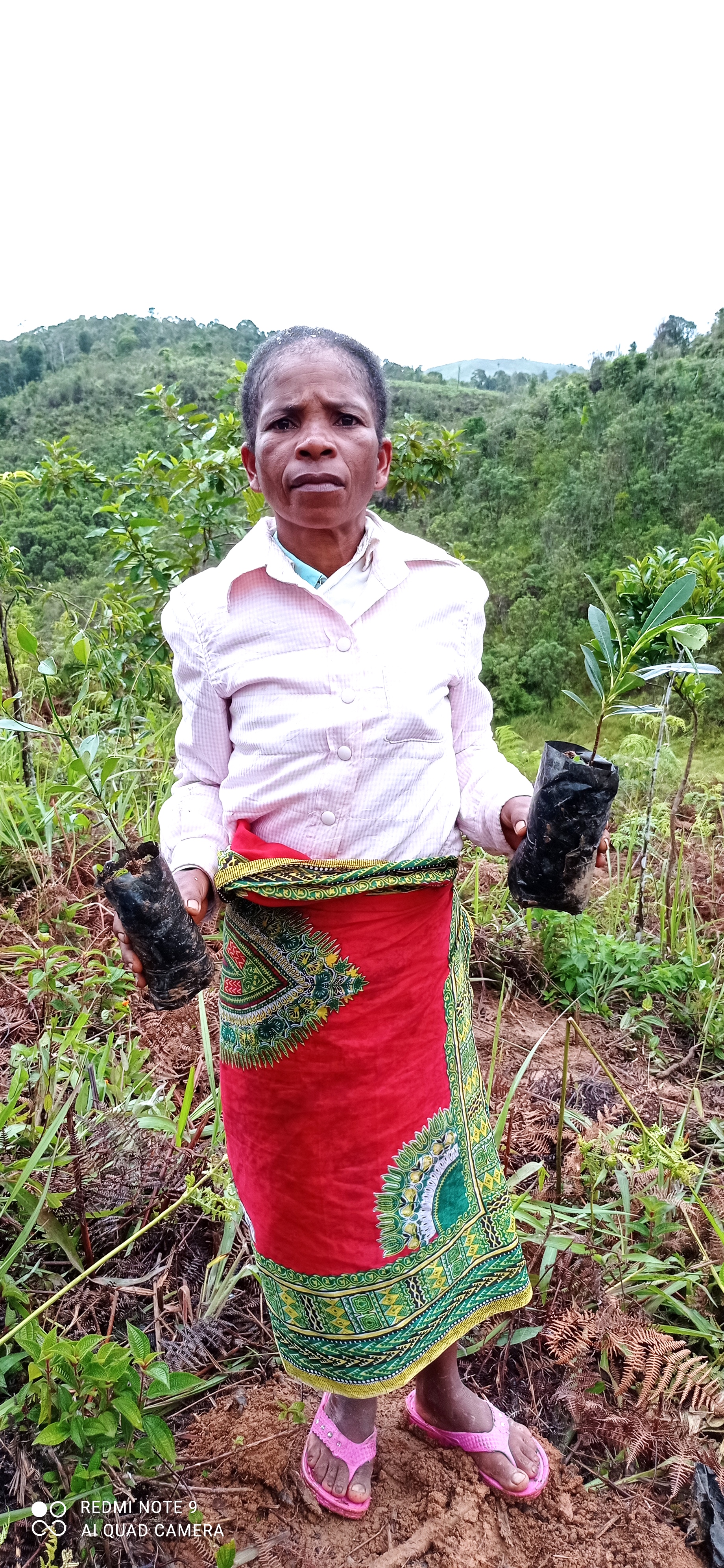
 The text in the T-shirts declares: “For every child, a healthy environment”.
The text in the T-shirts declares: “For every child, a healthy environment”.

 Eddy Christin MANATIJARA (left) and Dilifera MANANTSOAVINA (right), brothers filled with passion for tree climbing, have organised activities for tourists in the trees of Mitsinjo Park – Analamazaotra Forest Station since 2005, first with the Mad’Arbres climbing association, nowadays with their new company Gasyclimb.
Eddy Christin MANATIJARA (left) and Dilifera MANANTSOAVINA (right), brothers filled with passion for tree climbing, have organised activities for tourists in the trees of Mitsinjo Park – Analamazaotra Forest Station since 2005, first with the Mad’Arbres climbing association, nowadays with their new company Gasyclimb.
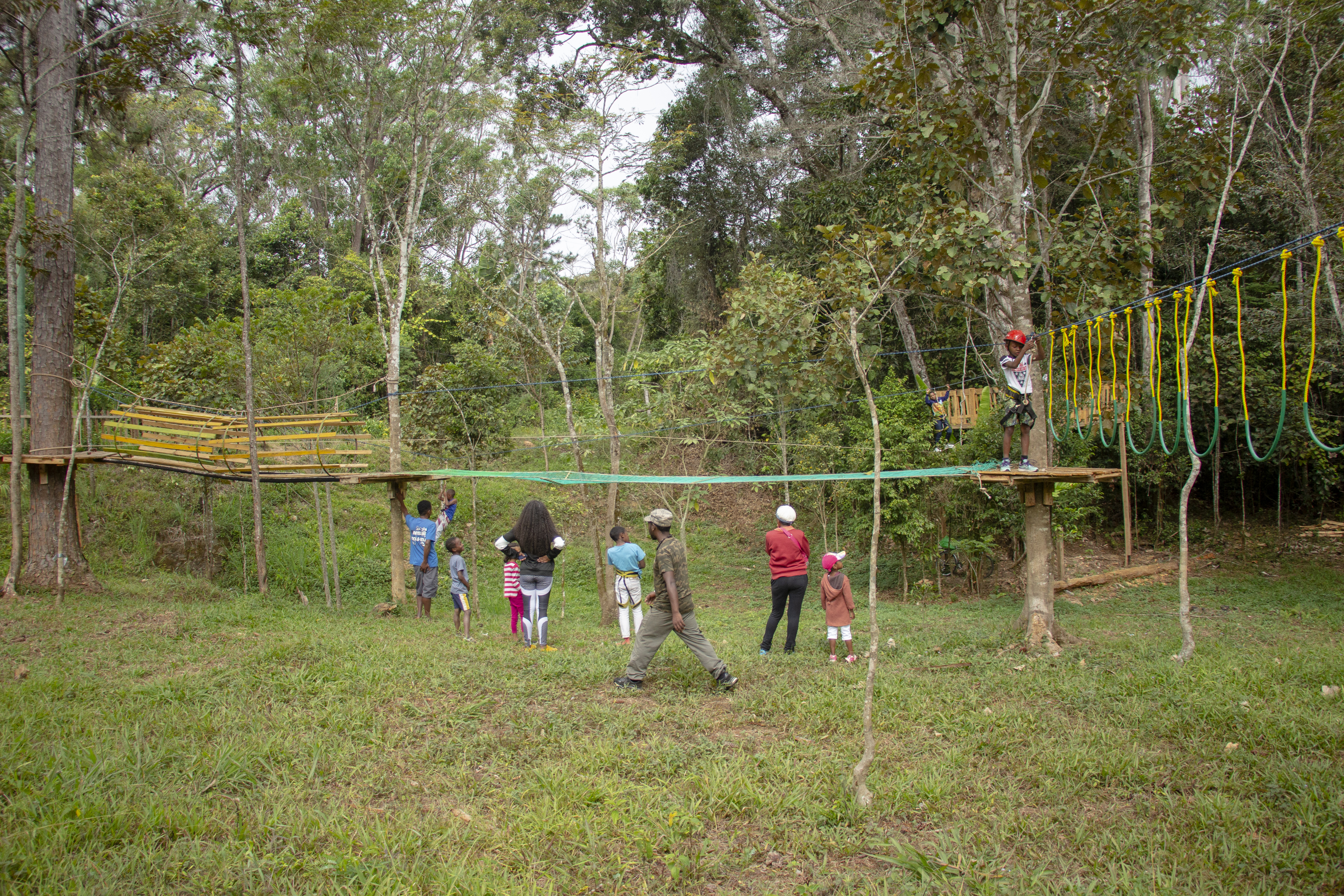



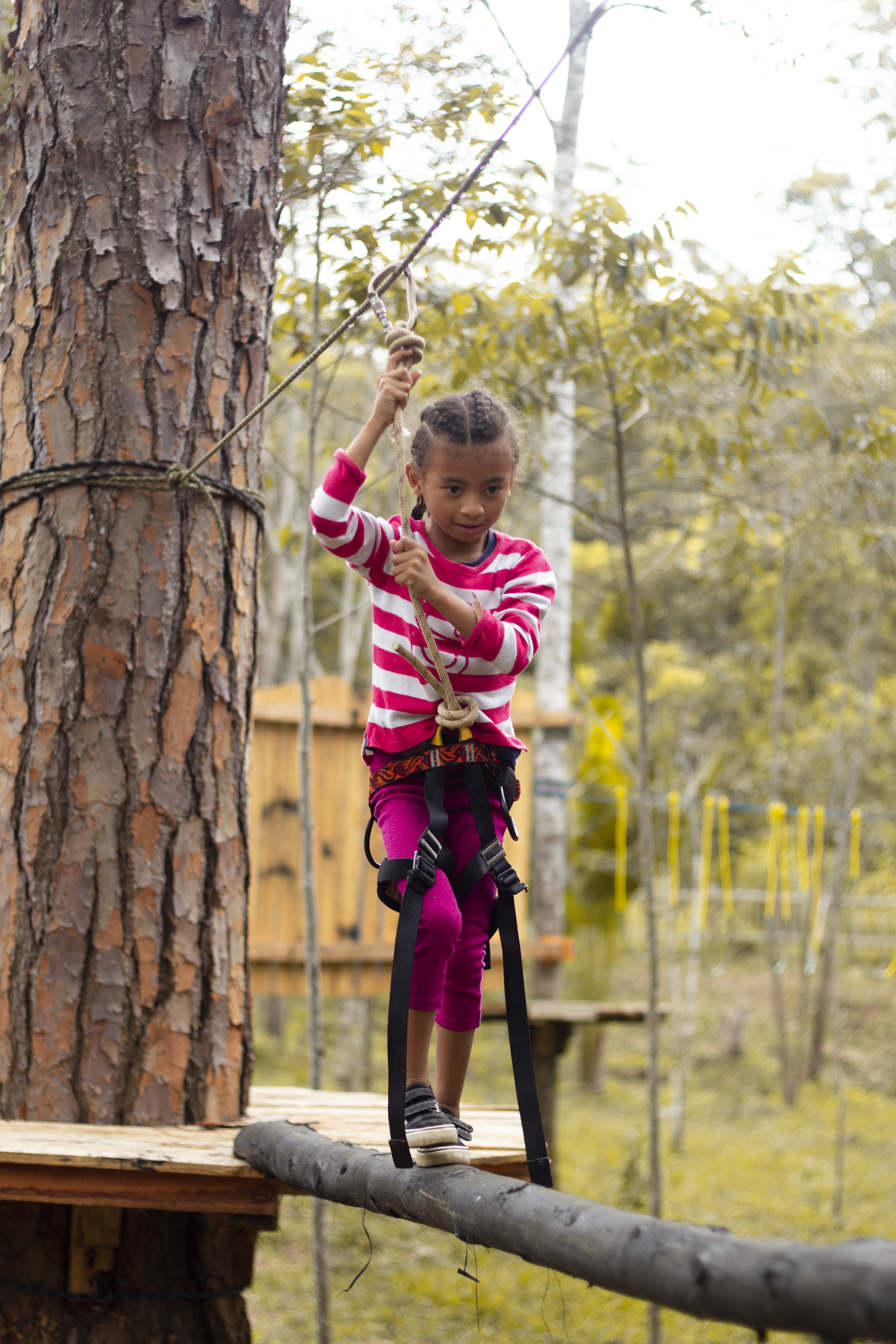
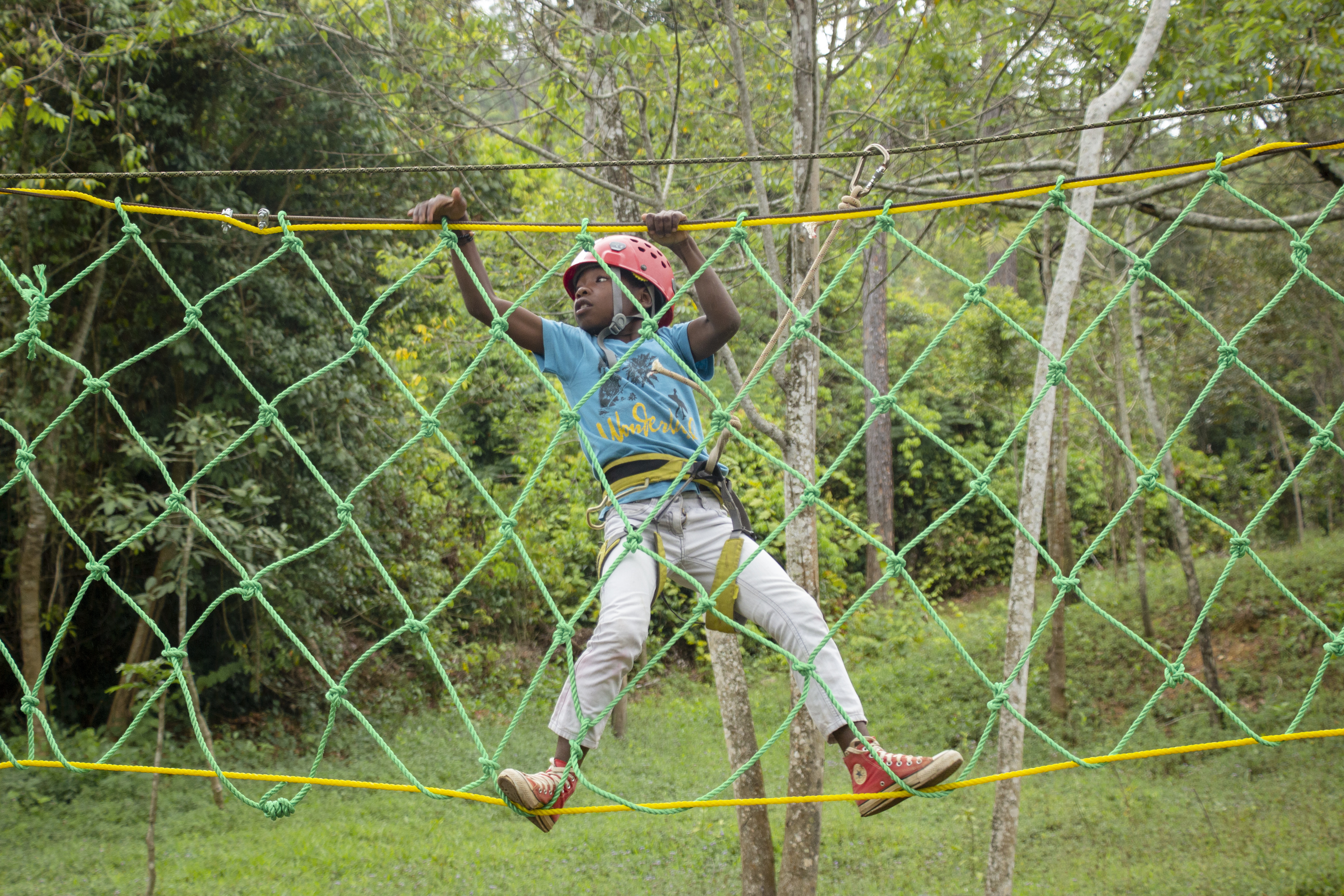
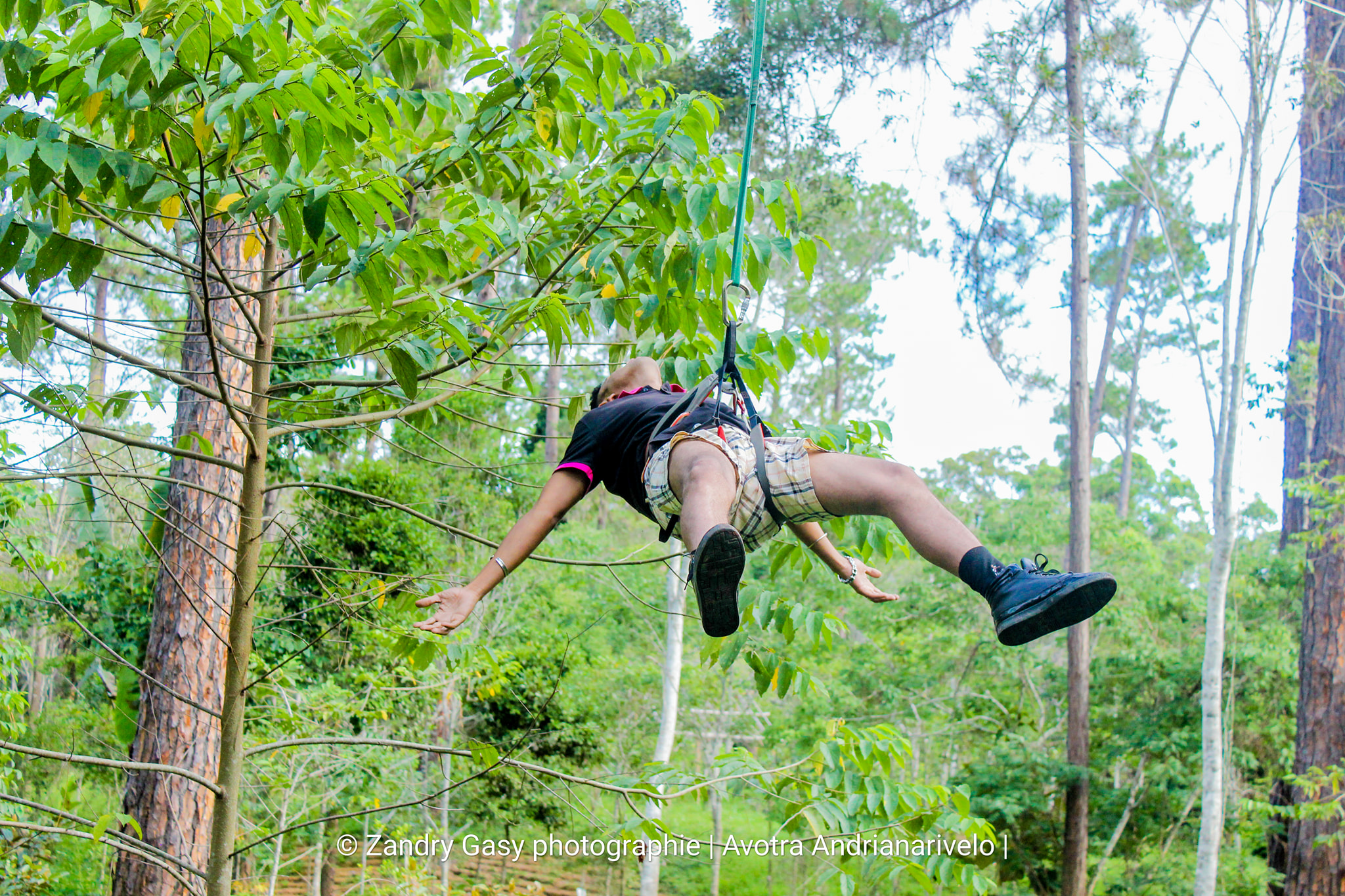




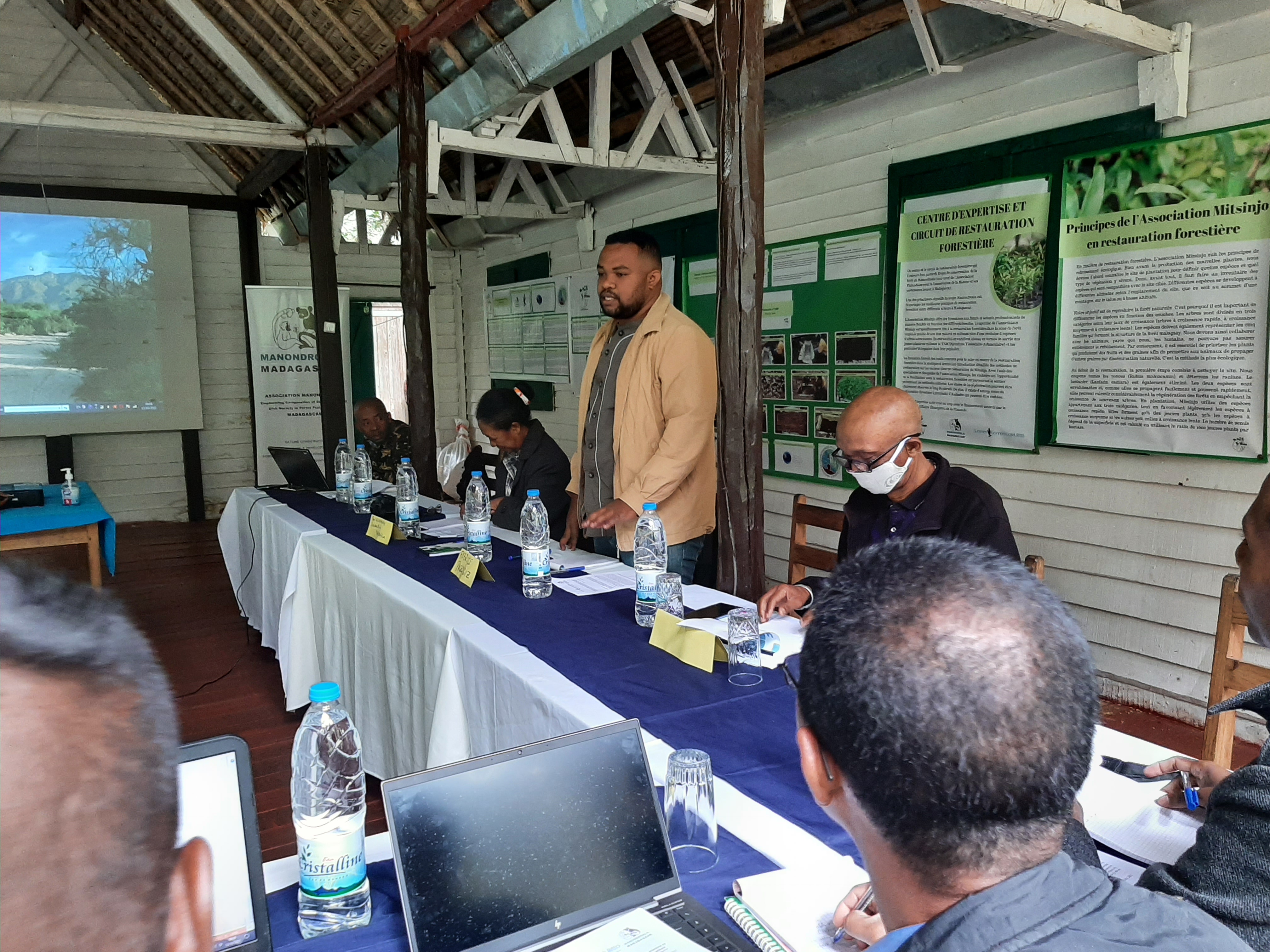





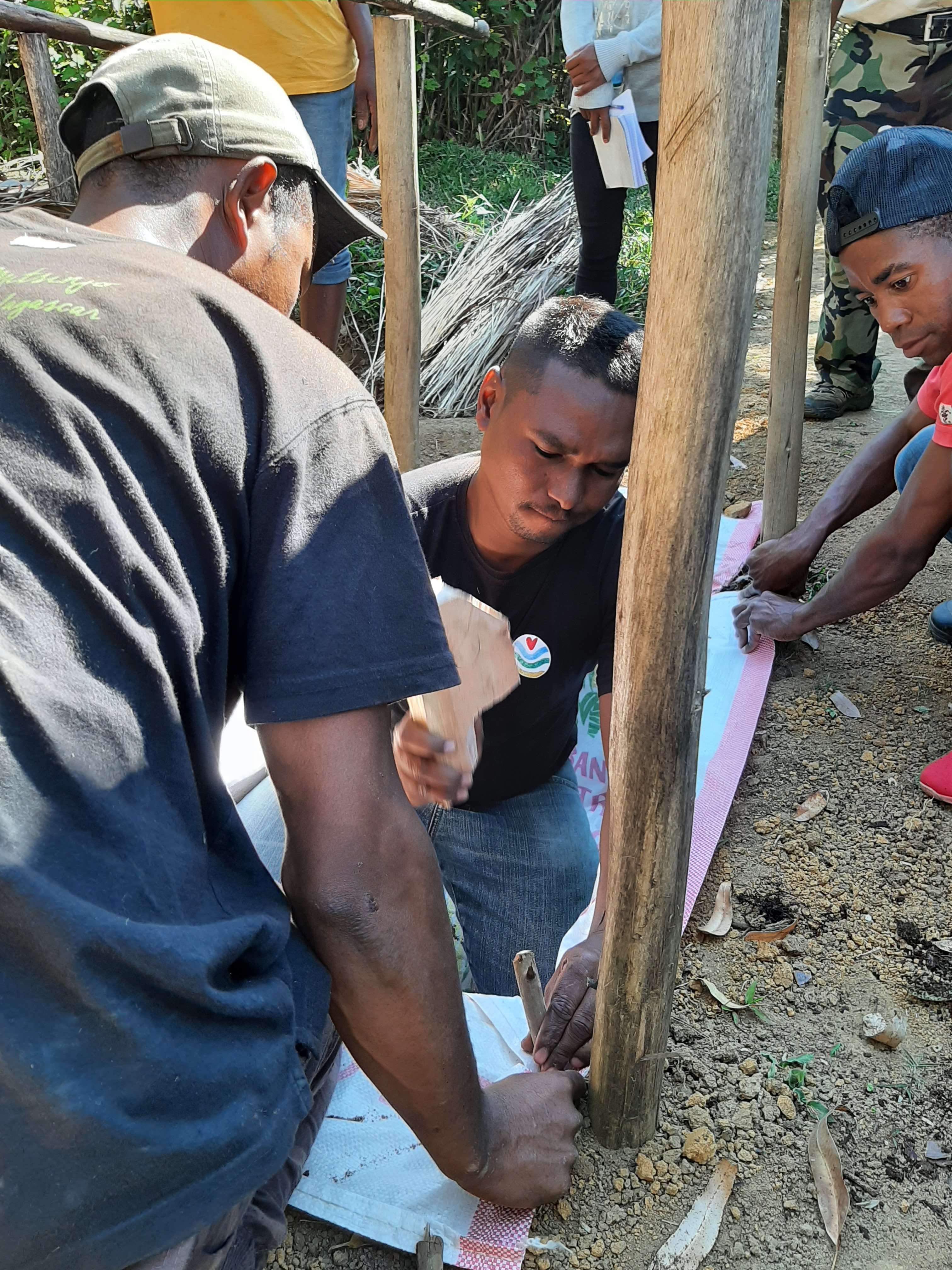

















 Besides guidebooks, the school representatives received tools for gardening.
Besides guidebooks, the school representatives received tools for gardening.


